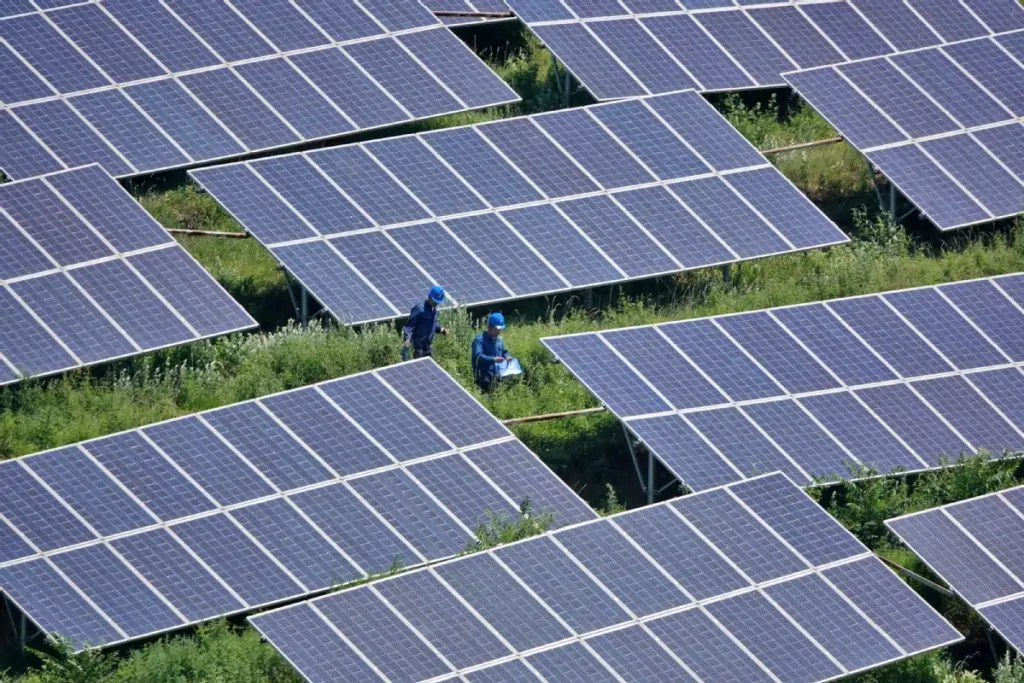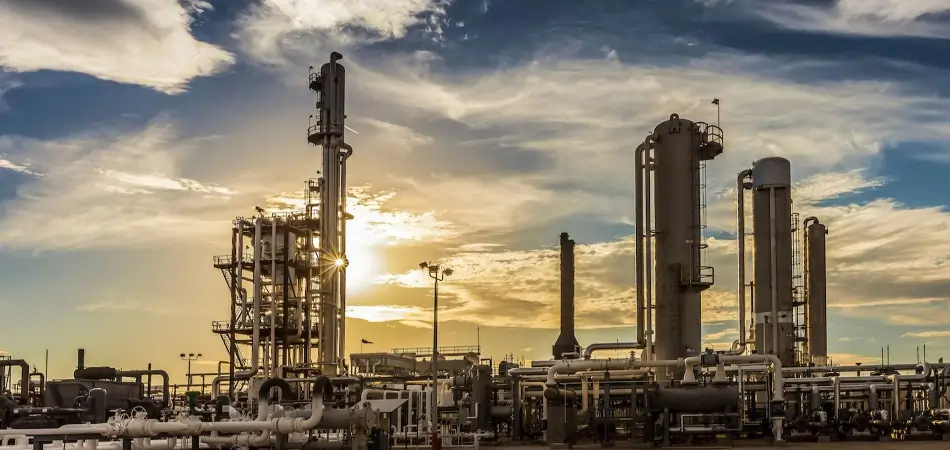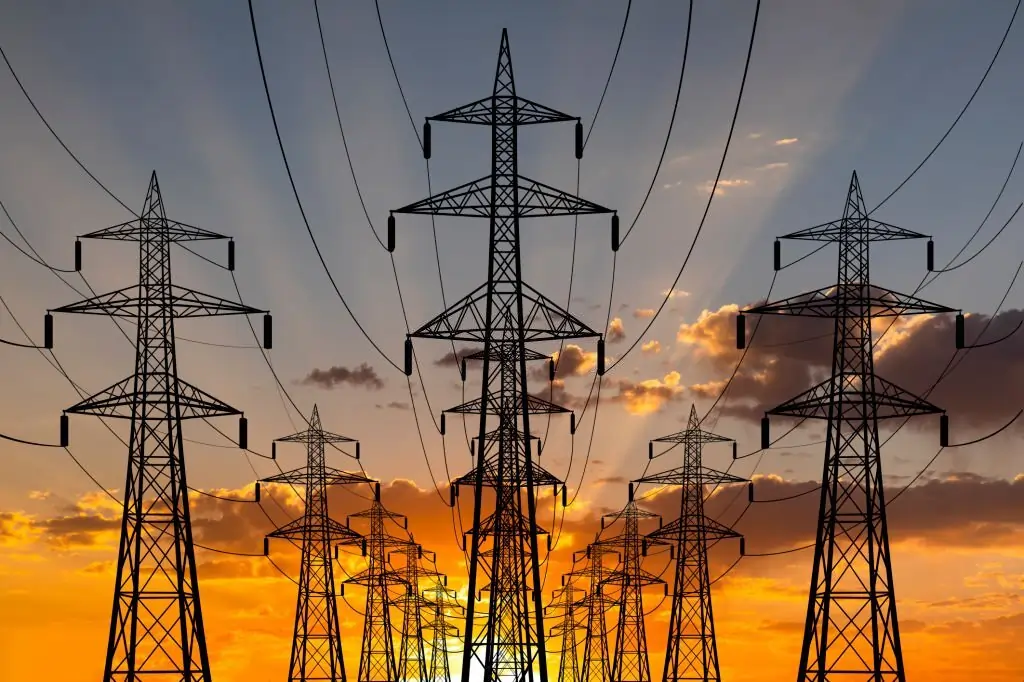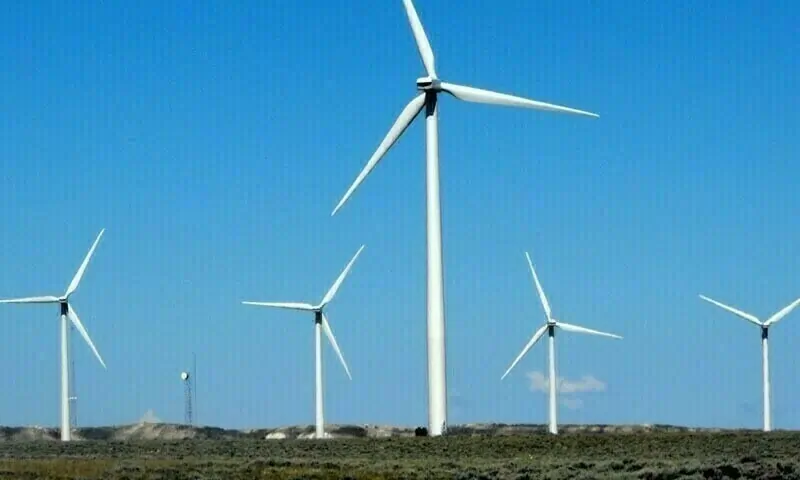The solar will become Pakistan’s second largest source of power generation by June 2026, following the hydropower, and will produce 8,444MW or 19 per cent of the total electricity.
The solar net metering will contribute 7,794MW (or 18pc) to the national grid, while generation from the solar sources( other than net-metering) will reach 650MW by June 2026, official data revealed.
A total of 2,800 MW is expected to be added to the national grid, including a major contribution of 2,633MW from solar net metering, during the upcoming FY2025–26, the Annual Plan 2025-26 projected.
The new additions will raise the cumulative installed generation capacity to 44,626 MW by June 2026. The generation mix is projected to comprise approximately 50.5 per cent from renewable sources (including hydel, solar, solar net-metering, wind, and bagasse) and 49.5 per cent from thermal sources (including coal, gas, RLNG, oil, and nuclear) by the end of upcoming fiscal year.
As per the AnnualPlan, 135MW new hydropower capacity will be added to the system in FY2025-26, which will take the total installed capacity to 11,853 MW or 27 per cent of the installed capacity.
The coal will emerge as the third largest contributor to the national grid and provide 7920MW or 17 per cent electricity, which includes 4620MW (10pc) from imported coal, while 3,300MW (7 pc) from the local coal.
The generation from RLNG will be 6493MW (15pc), nuclear 3,545MW (8pc), gas 2,776MW, and oil 1,351MW in the FY2025- 26. New bagasse based capacity of 32MW will be added to the national grid during the upcoming FY, taking the total installed capacity from the source to 399MW, the data maintained.
Talking about the ongoing fiscal year, the data revealed that by the end of ongoing FY2024-25, the total installed power generation capacity stood at 41,938 MW (excluding 3,709MW from the KElectric system). During FY2024– 25, a total of 4,625 MW of installed capacity, comprising residual fuel oil (RFO), regasified liquefied natural gas (RLNG), and gasbased power plants, was retired, reflecting Pakistan’s commitment to phasing out fossil fuel–based generation and accelerating the clean energy transition. Concurrently, a total of 4,513MW of new capacity was added to the system, predominantly from renewable energy sources. This includes 2,813MW from net metering and 1,038MW from hydropower projects. However, the overall impact of these additions was largely neutralized by the corresponding retirements, resulting in a net decrease of 112MW in the total installed generation capacity.
By the end of June 2026, the transmission sector will be boosted by an additional 5,550, 4,710, and 1,300 MVA capacity on 500kV, 220kV and HVDC grids, respectively. The transmission lines on these voltage levels will be extended by 170 km (500kV), 355 km (220kV) and 137 km (±660kV), the Annual Plan projected.
Proportion of population with access to electricity, targeted investments in the power distribution sector will result in the electrification of 15,352 villages and the addition of 1,861,320 new consumer connections by DISCOs during FY2025-26.
In support of these objectives, the distribution network will be strengthened through the extension of 1,244.1 km of 132 kV transmission lines, while the capacity of 132 kV grids will be enhanced by 2,490.7 MVA. The number of net metering consumers is also expected to grow by 197,655, and will increase the share of renewable energy in total final energy consumption and supporting grid stability.










